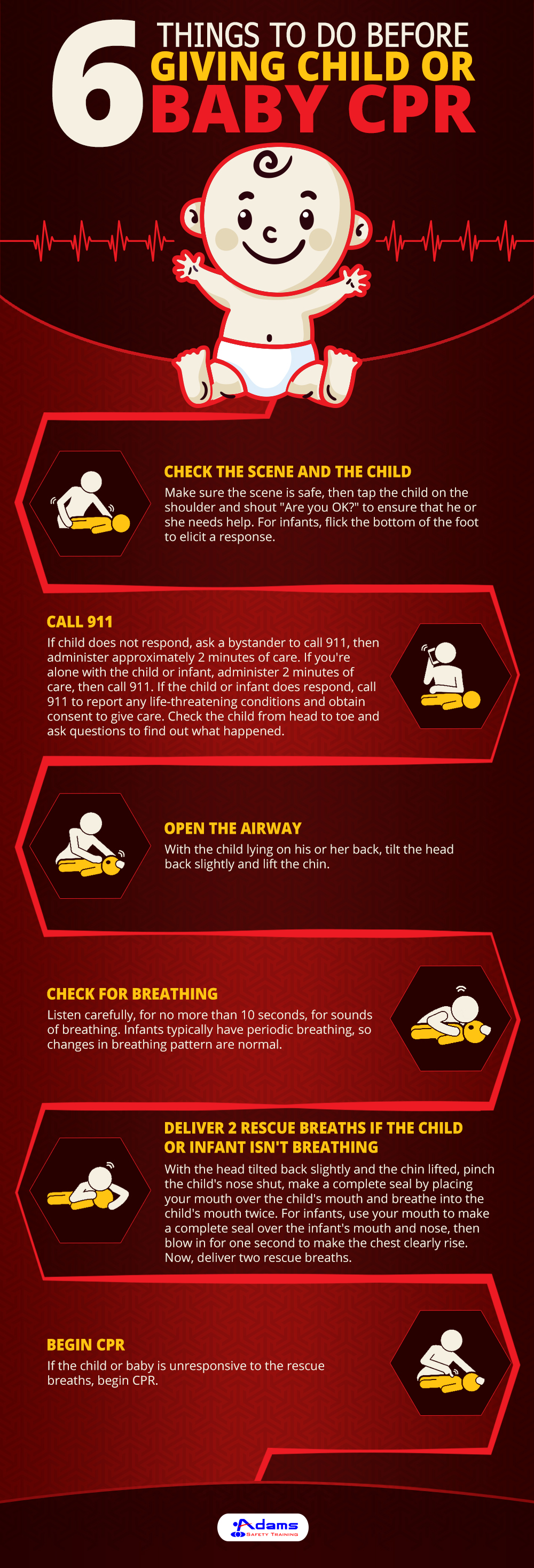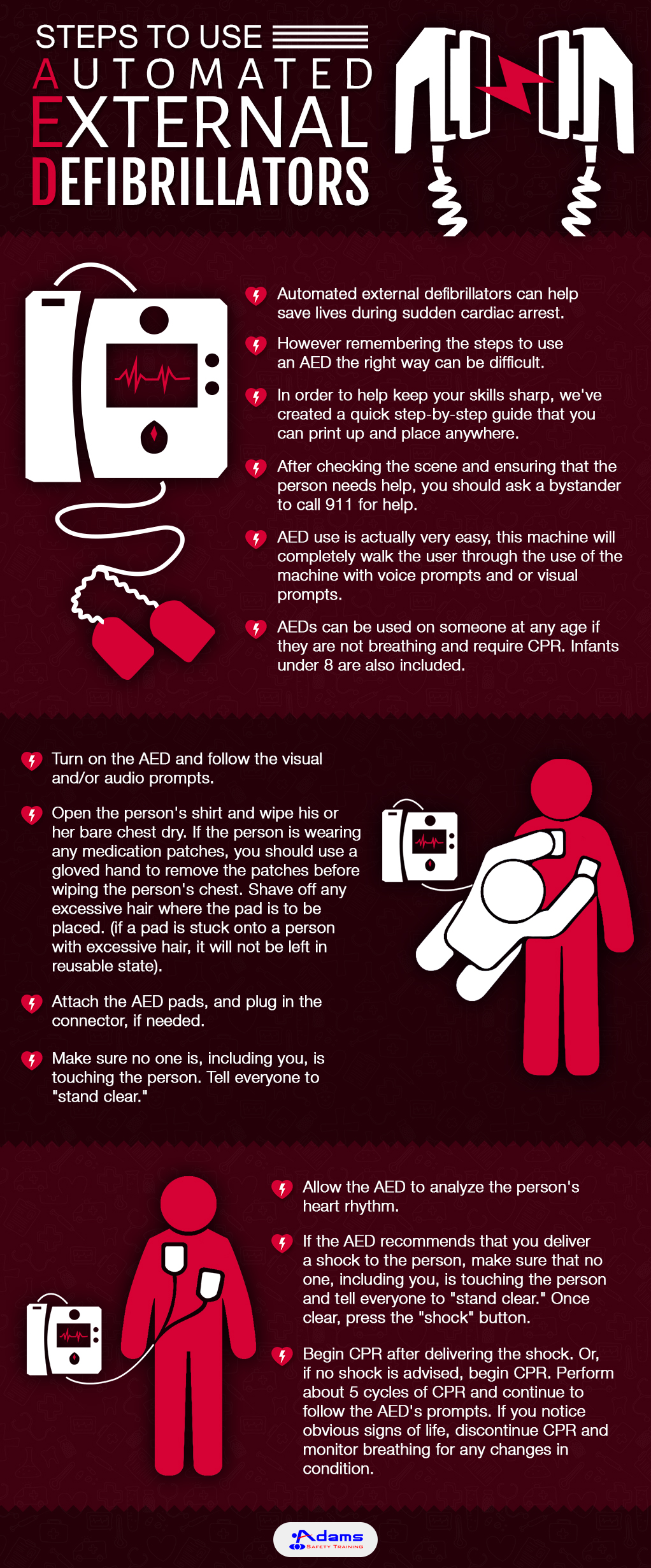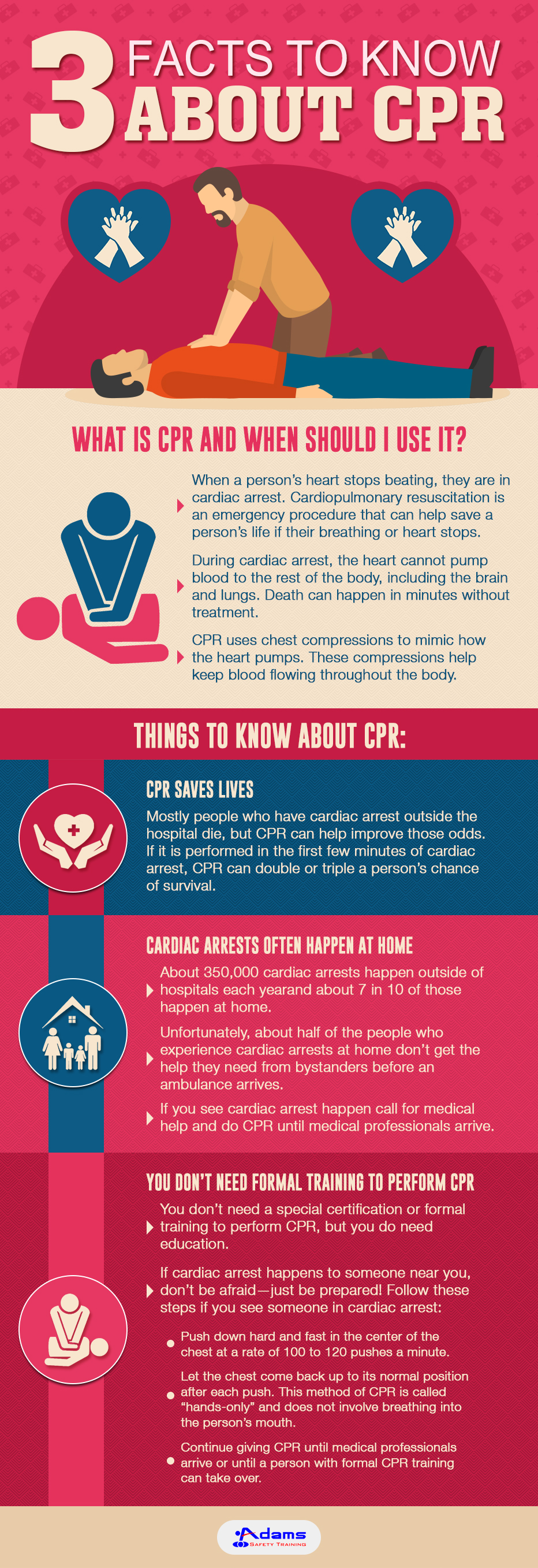AED, also known as Automated External Defibrillator, is a lightweight device to provide an electric shock to the heart through the chest. The device is used to control arrhythmia or irregularities in the heartbeat.
As per the reports, every year, 95 percent of deaths that occur due to cardiac arrest happen because the patients die before they are taken to the hospital. However, in certain situations, AEDs can act as life saviours, addressing heart-related medical emergencies well. The device is quite useful to address medical emergencies and can be used by non-medical people too.
How AEDs function?
An in-built computer checks the rhythm of the patient’s heart using adhesive electrodes and decides whether defibrillation is required. The machine immediately signals the rescuer to press the AED’s shock button. Due to the shock, the heart stops for a moment and gives it a chance to perform effectively.
Where the AEDs are required?
The device must find a place in the ambulances, emergency vehicles, fire engines, educational institutes, office areas, and public areas (like hotels, shopping malls, airports, convention centers, etc.) The device must be placed where people with a high risk of strokes live and public or private spaces where people usually gather.
How to avail of AED training?
The American Heart Association (AHA) offers several First-aid and CPR training through the training centers. You can call the nearest AHA branch to locate a center near you. AED training is important because, with this training, you can save someone. According to the Occupational Safety and Health Administration, using AED during cardiac arrest can increase the chance of survival by 60 percent. The situation would improve drastically when CPR is provided within 5-7 minutes of cardiac arrest, along with the use of AED.
If there are more people in a community to address heart-related medical emergencies, it would help increase cardiac arrest survival or stroke survival rates.




